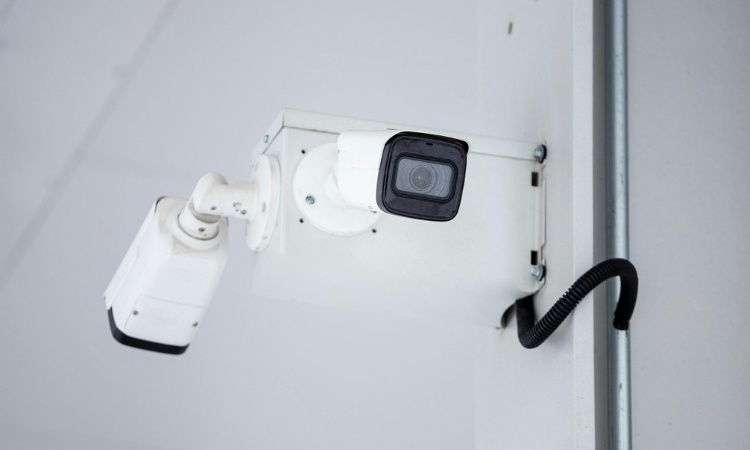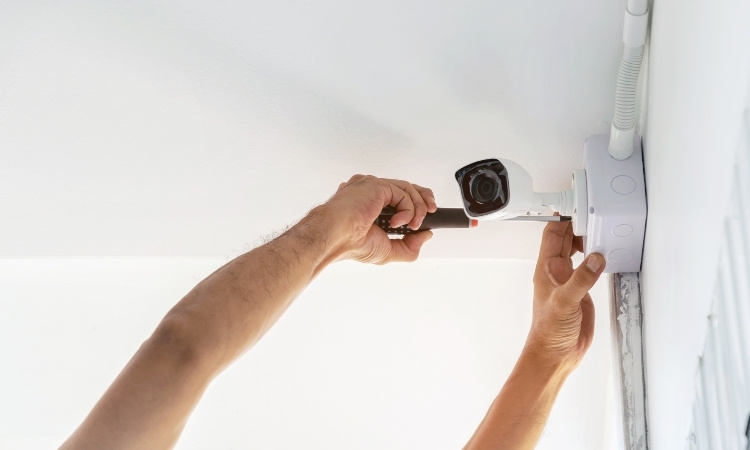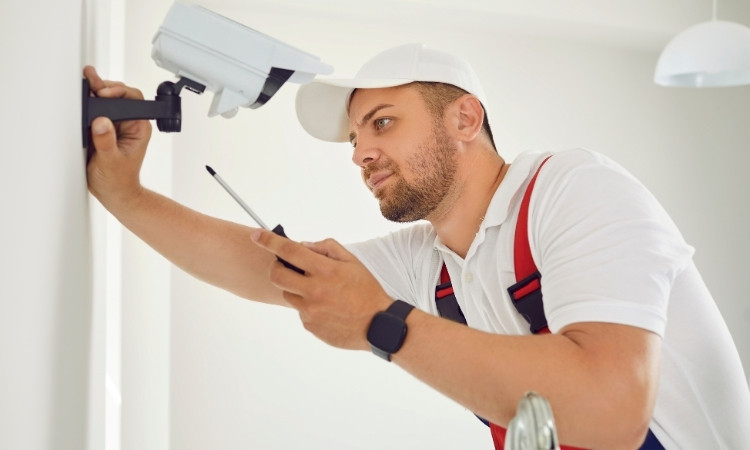Thinking of improving your home security? One of the best ways to do that is to install a CCTV camera. In a fast-paced city like Singapore, where safety and privacy matter, homeowners are increasingly turning to CCTV systems for peace of mind. Whether you live in a landed property, condo, or HDB flat, learning how to install a CCTV camera can help you stay in control, even when you’re away.
In this guide, I’ll walk you through the entire process of CCTV camera installation in Singapore, from choosing the right system to setting it up properly. Let’s explore how you can set up your own system in Singapore’s unique living environments.
LS Electrician Services Singapore explains how to install a CCTV camera at home in Singapore. It is important to note that their professional house re-wiring, power socket installation, and lighting installation services need no introduction in Singapore.
Why Install a CCTV Camera at Home in Singapore?
Singapore is one of the safest cities in the world, but that doesn’t mean crime doesn’t happen. In 2022, some landed homes in the east saw a spike in burglary cases. Installing a CCTV camera helps you watch over your home, your family, and even your helpers when you’re at work or overseas.
Some people also use cameras to monitor package deliveries. With online shopping increasing, porch theft is becoming more common, especially in areas like Punggol or Sengkang, where many homes have doorsteps accessible to passersby. A CCTV camera adds a strong layer of security.
How to Install a CCTV Camera at Home
1. Choose the Right CCTV System
Not all cameras work the same way. Choose based on your home type and your needs.
- For condos or HDBs: A small indoor wireless camera is often enough. Brands like TP-Link or Xiaomi offer compact options with night vision and motion alerts. You can place these on shelves or mount them with 3M strips.
- For landed properties: Go for a wired outdoor camera system with multiple channels. These often include a DVR or NVR unit. Hikvision and Dahua are reliable brands used by many Singapore installers.
Make sure your camera has features like infrared (for night vision), cloud storage, and mobile app support. Avoid cheap, no-brand imports that don’t offer after-sales service or warranty.

2. Plan the Camera Placement
Good placement is everything. Here are a few ideal spots:
- Main gate or front door
- Driveway or car porch
- Backdoor or service yard
- Living room (for indoor monitoring)
Avoid placing cameras where they might face your neighbor’s home directly. Singapore law protects privacy, and this can cause disputes.
3. Install the Mounting Bracket
Once you’ve chosen the location, use a drill to install the mounting bracket. Make sure the bracket is stable and secured. For HDB flats, you may need permission from the town council before drilling in certain shared areas.
4. Mount the CCTV Camera
Attach the camera to the bracket and move it to the desired viewing position. The goal is to cover the maximum area without any obstructions like plants or wall features.
If it’s a wireless model, plug it into a nearby power outlet. If it’s wired, run the cable to your DVR or NVR unit neatly using cable clips.
5. Connect to the Power and Network
Next, power up the camera. Most modern systems connect through Wi-Fi or LAN cable. For multiple cameras, connect them all to the recorder (DVR/NVR). Ensure you use surge protectors, especially in Singapore, where heavy rainfall can cause power issues.
6. Configure the Software and App
Most systems today come with a smartphone app. Download the right app to your mobile device, scan the QR code, and pair your camera with the app. You can now view live footage, get alerts, and even talk through the camera if it supports two-way audio.

Legal Considerations for CCTV Camera Installation in Singapore
Before you install a CCTV camera, understand these key rules:
- Respect privacy: Don’t point cameras into your neighbor’s property.
- Use in common areas (like corridors) in HDB blocks may need permission from the HDB or Town Council.
- Inform your domestic helper if you’re recording indoor areas, as required by MOM guidelines.
If in doubt, check with a professional or refer to the Singapore Personal Data Protection Act (PDPA) for residential usage guidelines.
Tips for Maintaining Your CCTV System
- Clean the lenses monthly with a soft cloth.
- Check the footage storage regularly.
- Keep the firmware updated.
- Test the system every few weeks to ensure it’s recording properly.
When to Call a Professional
While DIY is possible, professional CCTV camera installation in Singapore comes with a few perks. Installers know how to route cables properly, configure complex systems, and advise you on legal placement. They also offer warranties and after-sales support.
If you’re not confident with drilling or handling wires, it’s better to get expert help.
Final Thoughts
Installing a CCTV camera in your Singapore home isn’t just about adding a gadget but it’s about gaining peace of mind. Whether you’re in a bustling HDB estate or a quiet landed property, setting up your own system helps you stay connected to what matters most. By following the steps we’ve discussed, you can secure your space and keep an eye on things, even when you’re away.
Ultimately, taking the initiative to install a CCTV camera enhances not only your home’s security but also your confidence in its safety.
